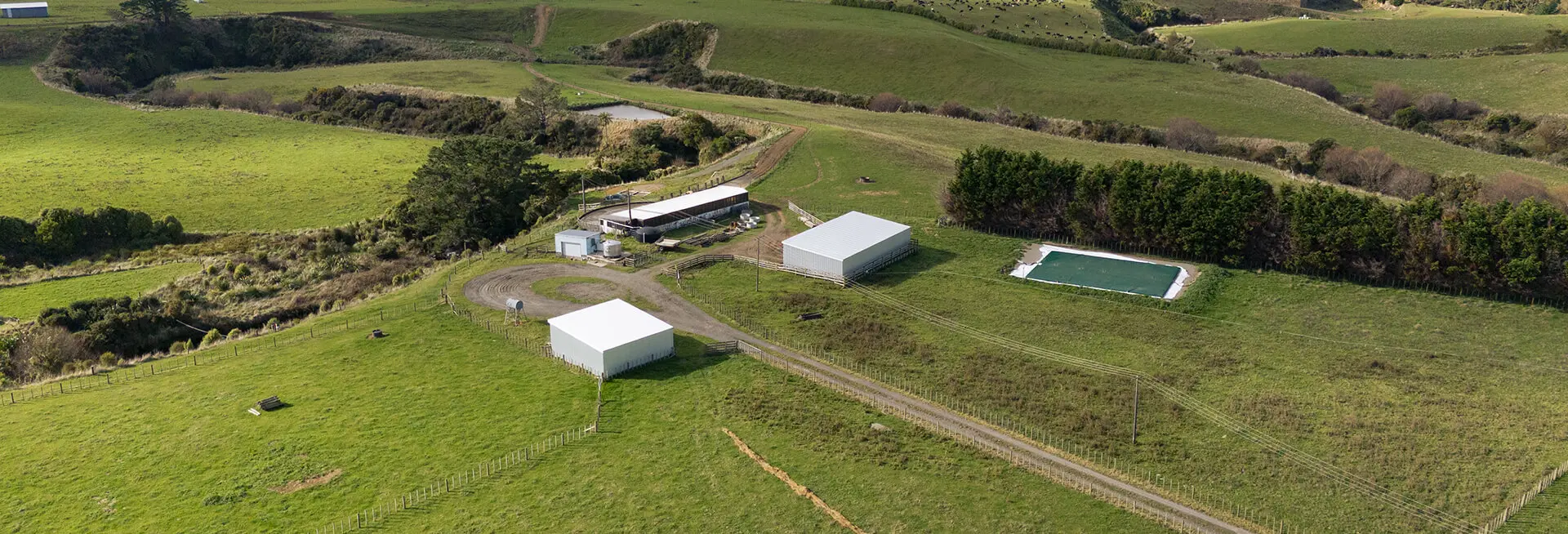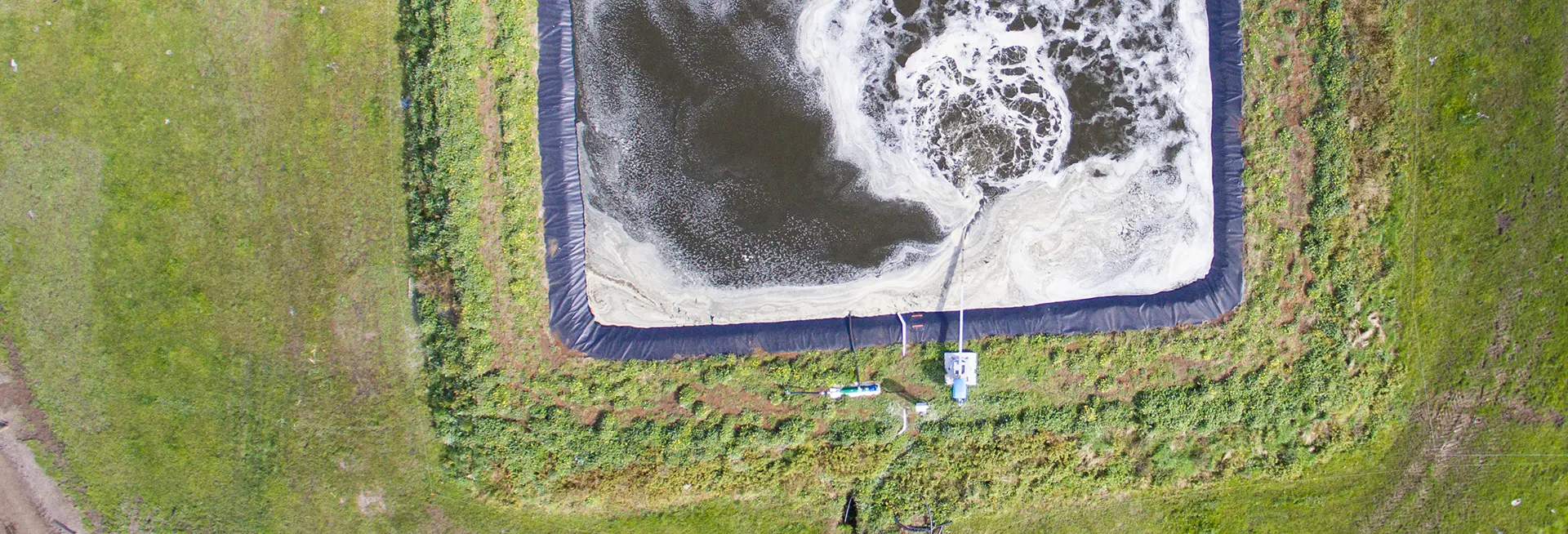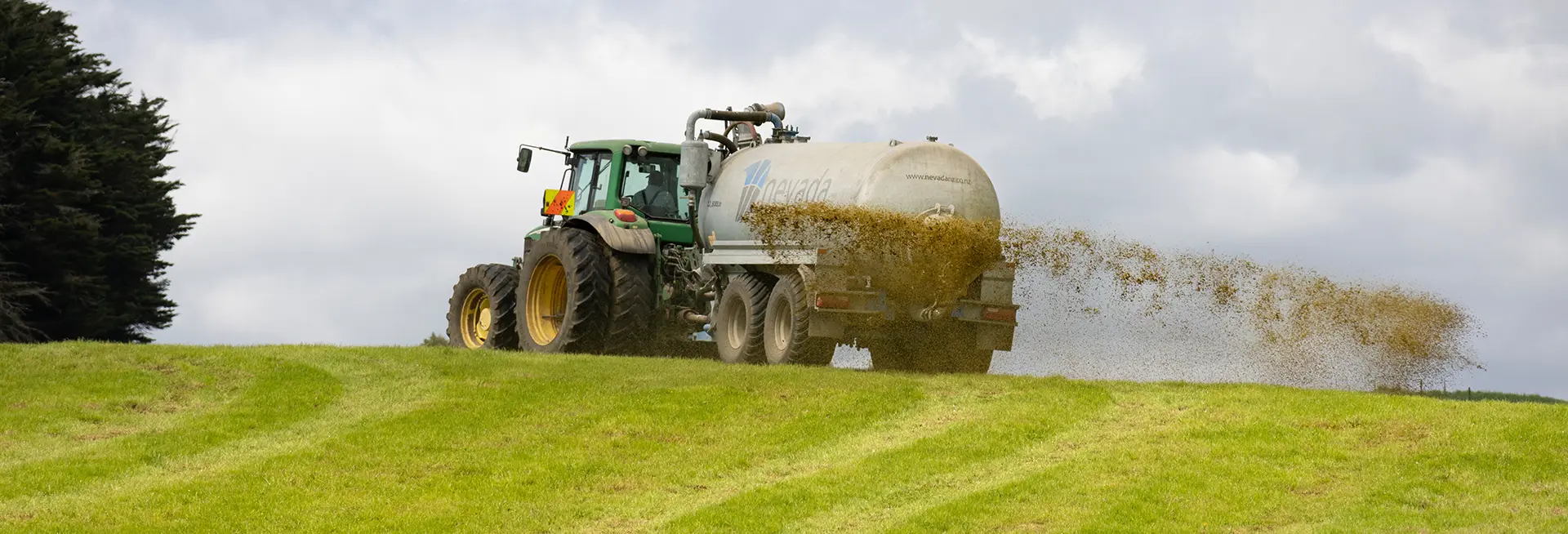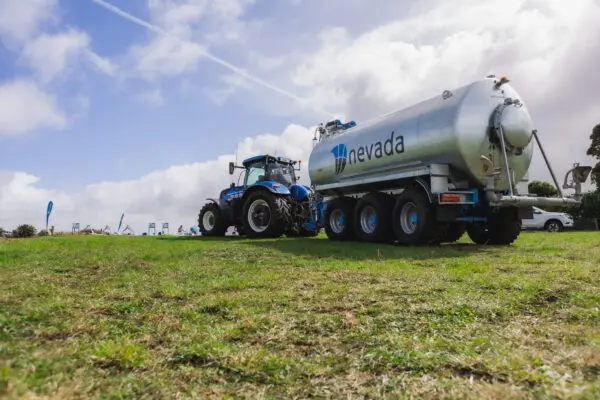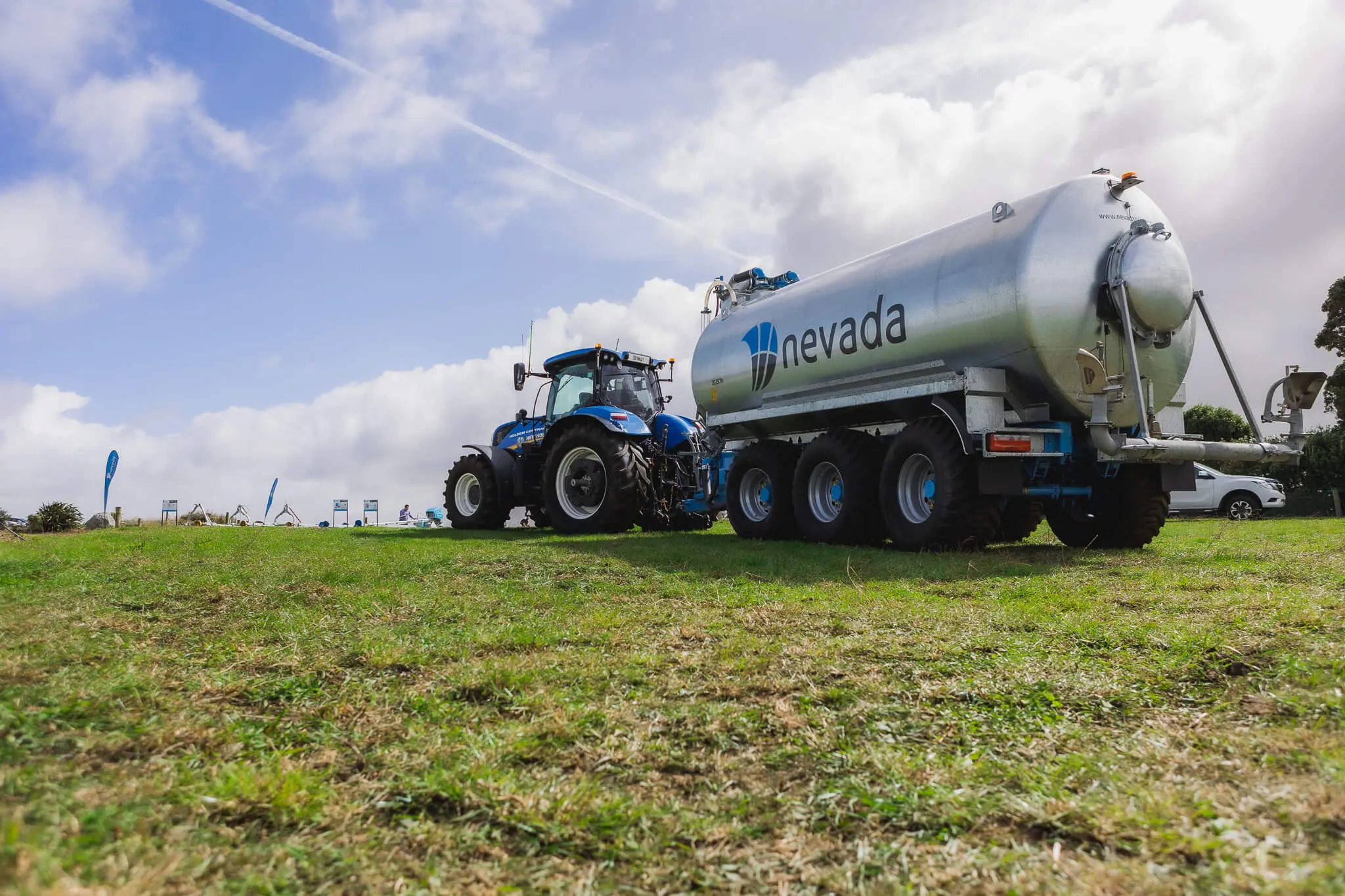Is it important to stir effluent storage?
The answer to that is YES and it is more important than people realise when it comes to efficiently managing effluent in a way that streamlines operations. The first reason you need to stir the pond or effluent storage facility is to make the best use of nutrients available. If you do not stir the effluent storage, then the liquid is decanted off, which loses valuable nutrients that can be used on your farm.
If there is a build up of concentration of solids in the effluent storage, then you run the risk of increased wear and tear on the pump system. This can create unwanted blockages and cause more work in the long run. If you stir the effluent regularly, there is more movement to get the solids out with the liquids, which creates less issues with wear and tear damage.
The most important aspect of all is the need to stir effluent to maintain the full storage capacity. If heavy solids build up in the storage facility, then it reduces the holding capacity and runs the risk of being non-compliant. It also can become very difficult to remove solids once it has accumulated, as it can set hard on the bottom and be challenging to get back into suspension.
Stirring by recirculating has been tried by various people for ponds and tanks, but this approach is not as effective. Recirculating effluent with a jet through a pump can impact the effluent, but on a larger body of water such as an open pond or tank, it is not enough to get the solids into suspension. When stirring there are two parts of the effluent to manage. There are the heavy solids at the bottom and the floating solids at the top. It is difficult to stir both at the same time by recirculating effluent with a pump. However, recirculating is effective when it comes to a bladder tank because it is not open to the atmosphere. There are no floating solids at the top because it is wet and incorporated into the mixture when it is pumped into the bladder storage.
How to Stir a Bladder Tank
There are different stirring methods for different types of storage facilities. With a bladder tank, you cannot get into it physically and stir it with a propeller, which is why a jet of water with a high volume pump, such as a tractor powered PTO pump or a large motorised trash pump is an effective approach to suck from one port and blow into another. The recirculation method with a pump mixes the effluent thoroughly and should be utilised everytime you draw effluent liquid out of the tank. It is also important to remember to stir thoroughly prior to pumping to avoid any blockages or pump issues.
For more information about the effectiveness of bladder stirring, read our guide on how to stir a bladder tank.
How to Stir a Pond
With an effluent pond, the only way to thoroughly mix it is with a shore mounted stirrer to get a strong horizontal thrust to bring the solids up into suspension. Shore mounted stirrers are a safer option for pond stirrers and offer better service efficiency. It is not recommended to have an electric motor like a submersible mixer down in a synthetic lined pond. There are types of materials in a pond that can be damaging to the submersible mixer and potentially the lining too, which is why Nevada pond stirrers are equipped with a typhoon propeller that creates a strong thrust and is supported by enduro block bearings. It is a reliable machine that has been proven for many years to be efficient in the challenging environment of an effluent pond.
Shore mounted stirrers can be adjusted for depth up and down that helps you place the stirrer in the optimal position. The optimal place is not at the bottom of the pond as previously thought, but it is actually a metre below the surface. For efficient stirring, the propeller can be placed a metre below the surface of the water and with a typhoon propeller equipped, it can mix quickly. It is also important to get the whole pond in circulation prior to pumping to ensure the solids are properly mixed to pass through the pump.
How to Stir an Above Ground Tank
With an above ground tank, you cannot reach over the wall of the tank. There either has to be a pedestal beside the tank, with a mounted Nevada 7m Electric pond stirrer or a hydraulic tractor mounted stirrer. Nevada has developed an over-wall stirrer that is similar, but it is mounted on a post that is controlled from the ground. It is an efficient way of reaching over into the tank to mix the effluent thoroughly.
How to Stir a Concrete Tanks/Sump
For concrete tanks such as a sump, stirring with a submersible mixer is preferred. In general, placing an electric motor in the effluent storage is not advised, but in the case of concrete tanks, it is a practical approach. It is not safe to do so with a lined pond or tank, as it can potentially damage the liner. Submersible mixer’s can be mounted to a frame that goes down into the sump. For larger concrete sumps or tanks a Nevada 7m Electric Stirrer is recommended.
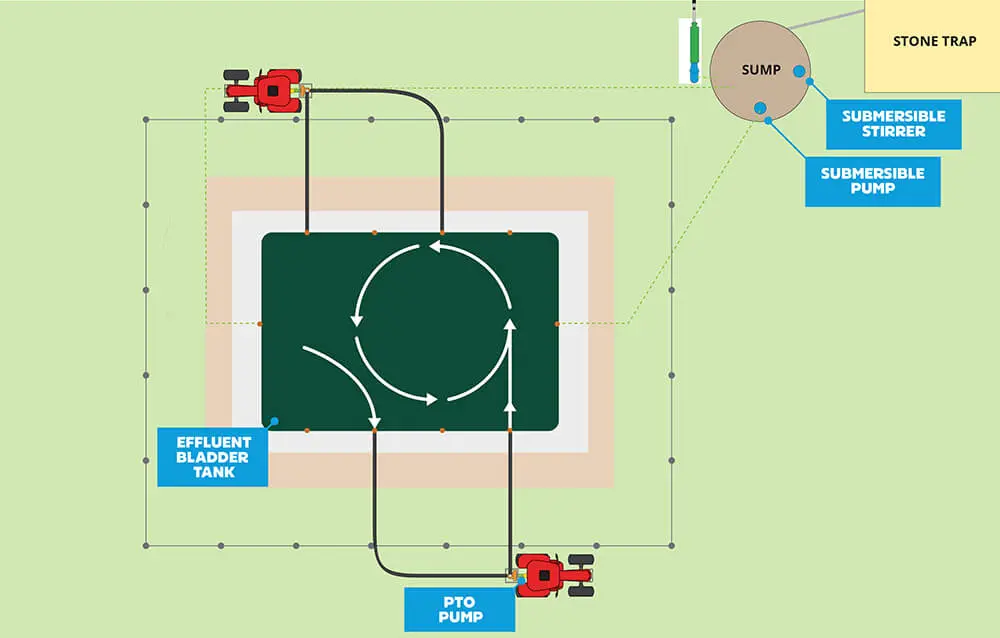
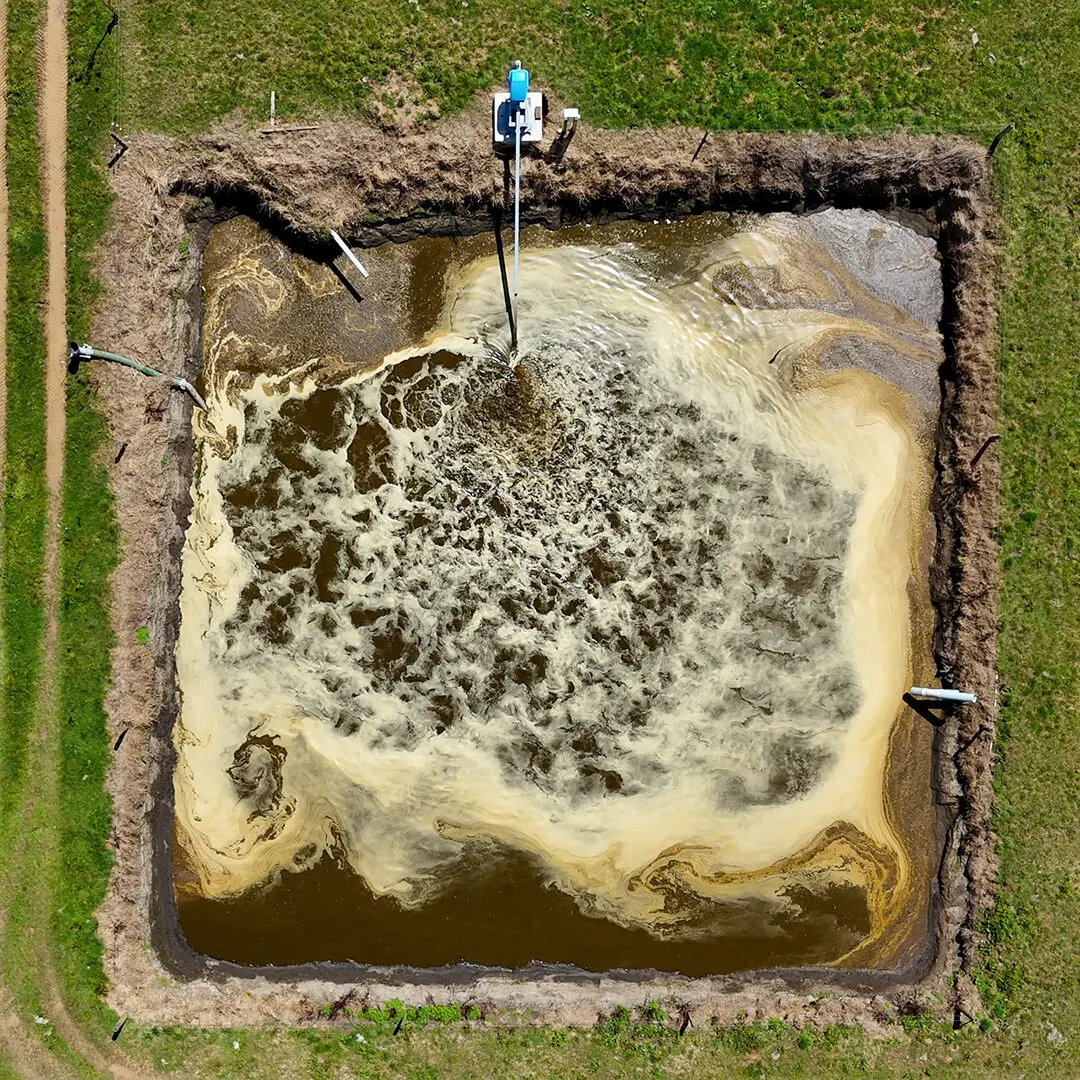
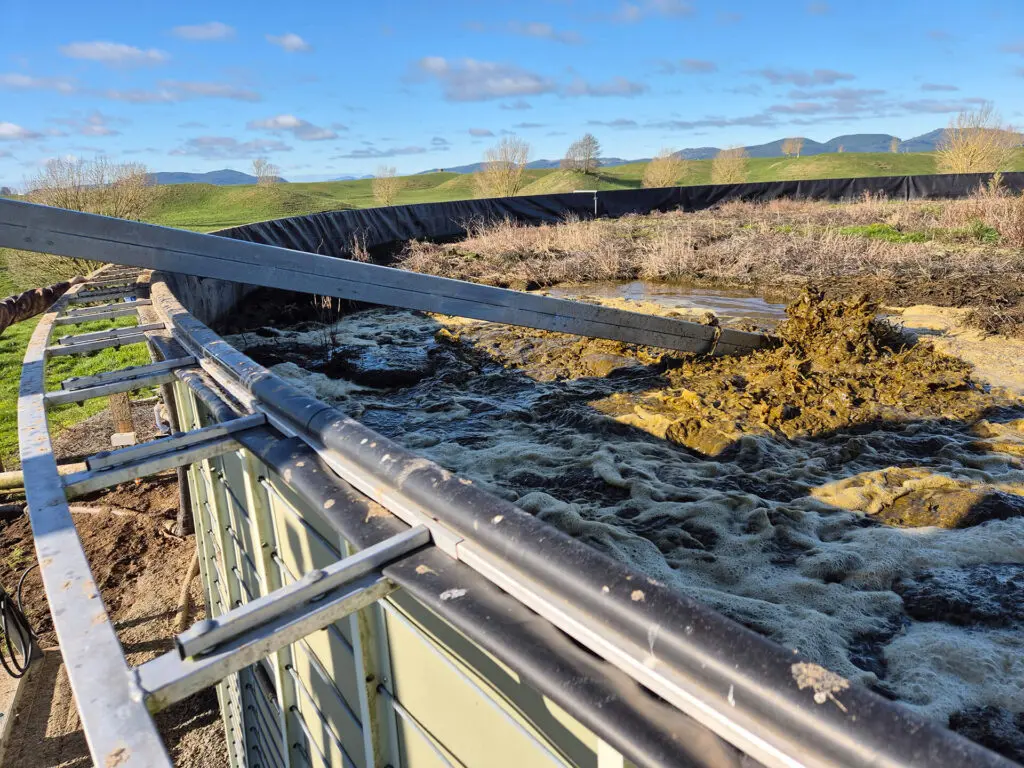
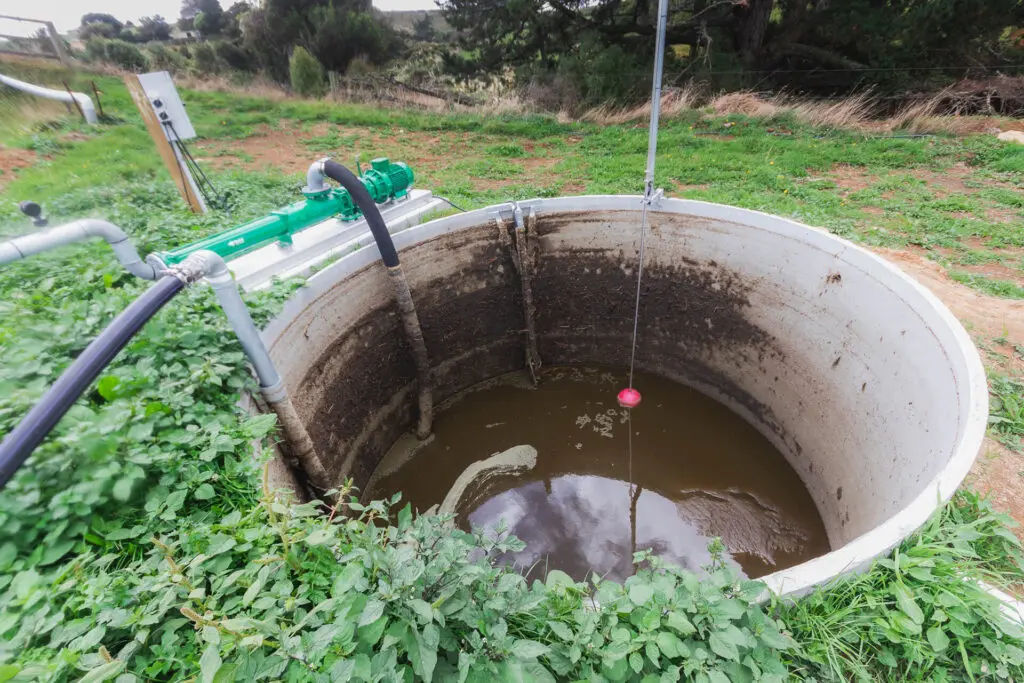
Chat with our team to learn more
Each type of storage facility requires the effluent to be stirred thoroughly to gain the most value from the nutrients and to protect the longevity of the pump system. Most importantly however, it is critical to maintain the storage capacity, because using a digger or excavator to clean out a lined pond or tank is not an option. To learn more about what type of storage facility and stirring method is right for your operations, chat with our team of experts that can assess how to get the most out of your effluent management system.
